“A great photograph [is] a full expression of what one feels about what is being photographed in the deepest sense and is, thereby, a true expression of what one feels about what life in its entirety.”
– Ansel Adams
As with any creative practice, photography is so personal that we constantly feel the need to defend it to others and to explain our work. But there is a power that comes in leaving a photo be and allowing the viewer to interpret as they will.
There are so many ways we capture our photos, whether with a poem, narrative, quote, camera specs, etc. etc. But what if we just simply put a photo up for display? No words. Would it be as powerful? Think social media – to be honest, most people don’t read the captions anyway. A gallery? Well there are plaques about the work, and some people are really into reading those… but again, most people don’t. That doesn’t mean it’s bad to title or caption a photo, but sometimes it’s best to leave it at that.
So why, when presenting our work to those we think will judge it or us, do we insist on babbling on about what we did and why? My guess is that we get defensive up front, before we even give the other person a chance to state their opinion. We think that if we just had a chance to explain all our ideas about the photo that they’ll suddenly get it. But the reality is, that if someone doesn’t like your art, or doesn’t understand why you even create it, they still aren’t going to care after you tell them you entire life story that led you to this point.
Some people are never going to care.
But then, there are people who do. And those people who do will appreciate your photo with or without its back story. And because of this, including a back story can be limiting.
“Moralists who love photographs always hope that words will save the picture. (The opposite to that of the museum curator who, in order to turn a photojournalist’s work into art, shows the photographs without their original captions.)…What the moralists are demanding from a photograph is that it do what no photograph can ever do – speak…But even an entirely accurate caption is only one interpretation, necessarily a limiting one, of the photograph to which it is attached.”
– On Photography by Susan Sontag
Viewing art can be as personal as creating it.
We project ourselves onto what we see. We interpret a narrative based on our own experiences. So, if there’s a big long story about what I’m supposed to see in a photograph, I’m no longer going to be able to make it personal, to relate to it, which means it won’t be as memorable for me in the future.
It’s not like our feeling the need to defend our work is anything new. Photographers have been doing this since photography was first invented. And as ironic as it seems that I’m writing about not writing, I do understand that my words here will do very little in convincing anyone to take a step back. But do consider it.
Most likely, your work is more powerful on its own than you are giving it credit for.
You may have friends, family members and passers by who just don’t understand what you’re doing. If they ask, you can do your best to explain it to them. But if they don’t understand, leave it be. The people who appreciate your photos simply as the visual pieces they are will be just around the corner.
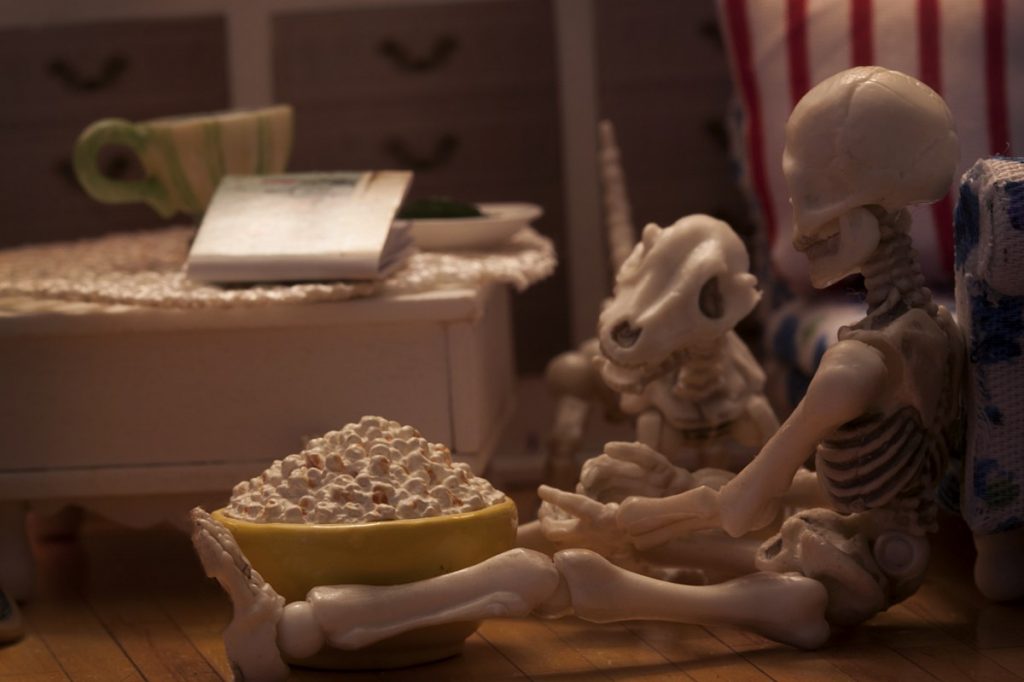
“Like other steadily aggrandizing enterprises, photography has inspired its leading practitioners with a need to explain, again and again, what they are doing and why it is valuable.”
– On Photography by Susan Sontag
Have you ever tried to defend your toy photography? Have you ever just let a photo exist without words?
If you want to give creating without captioning a try, check out The Six Image Narrative challenge.


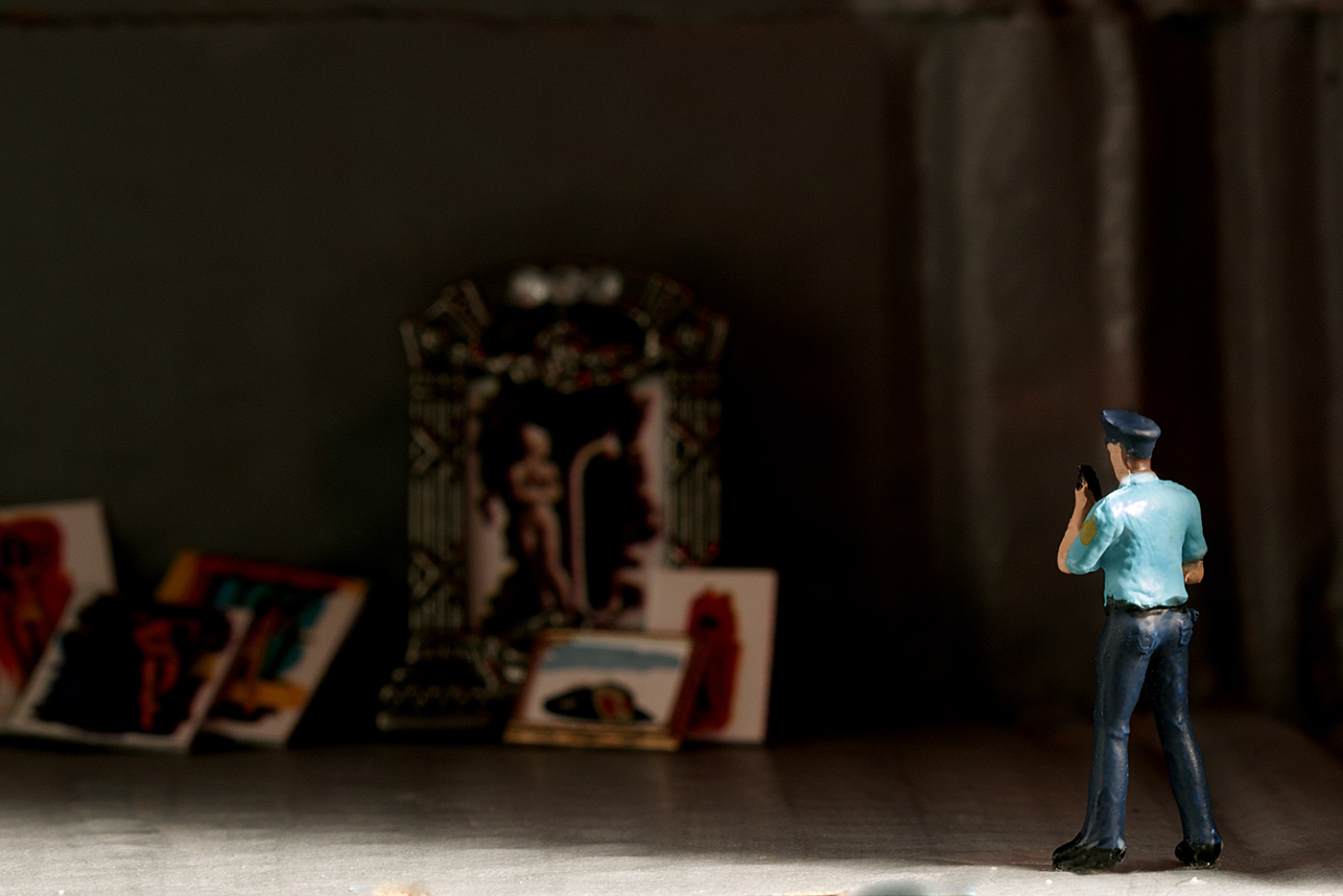
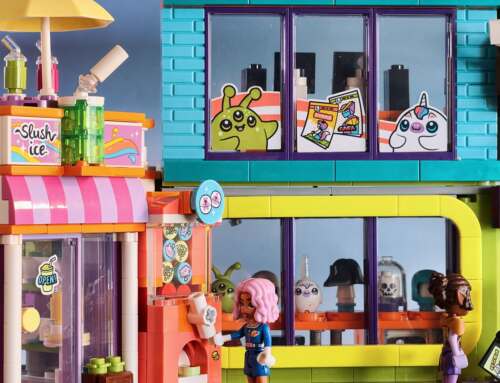
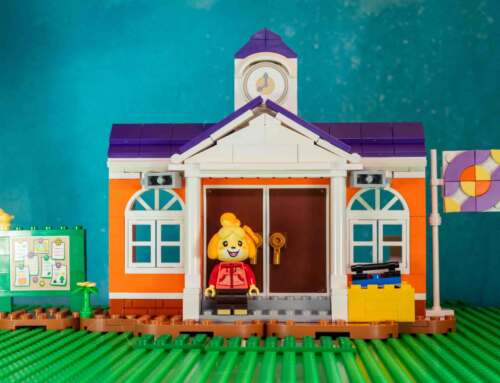
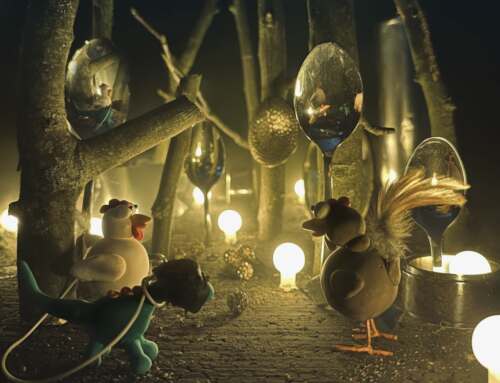
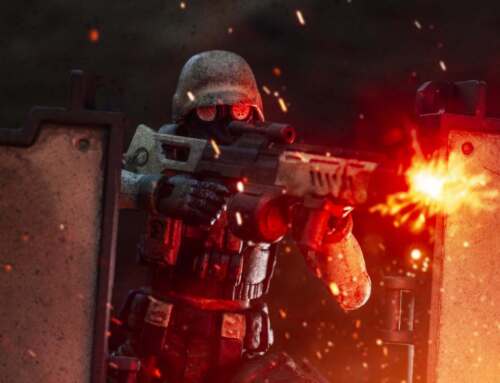
All too true, great post.
It can be very difficult to let go of one’s work. I remember at college/university I made the conscious decision after a while not to speak about my work but rather to listen to the rest of the group critique it on my behalf. I felt it was more productive to learn from other people’s perceptions where when I spoke (as you pointed out) it became nothing more than a defence or validation for what I had done.
We all need the confidence to let our art speak for itself, for good or for ill. It’s only ours until we finish it after all.
Tom, I think you are spot-on! It is often amazing to hear what people think about your pictures – even the ‘innocent’ remarks. Sometimes they come up with (good) interpretations you would not have dreamt of, things you did not even see; sometimes they are very close to your intentions.
Thank you very much. You are so right. And sometime it takes a lot of confidence to allow a photo to stand on its own.
It’s great to hear what others think – sometimes it aligns with exactly what you intended, other times it’s even better. And those times where they don’t see what you intended at all are great learning opportunities.
Great post Jennifer.
I’m wrestling with the “no words” idea for the Six Image Narrative. I battled that beast back when I shared gallery walls last year. Coming from Instagram, where my captions (mostly puns) were pivotal to the image, it was a refreshing change to ask the photographs to speak for themselves.
It was also a chance to tell the story of one of my heroes, a little girl at an art gallery many years ago who said “I like the colour red”! If you search her words, you can read about it.
Thanks for giving me some more fodder for this weekend’s Six Image shooting.
It take it we are in for more stories. Great! I am looking forward to it!
Thank you. It can be a difficult task for sure, especially if it’s not something you usually do. But I think your photos alone tell wonderful stories, so I’m confident your six image narrative will turn out great.
I’m looking forward to finding the story of the girl you speak of.
Wonderful post Jennifer, so much to think about. I like to use quotes with my images, mostly to get people to think about them in other ways. Of course this can backfire on me. I got this comment recently on g+: “This is beautiful. Regardless of the caption. I immediately saw a picture of what true love should look like <3"
I think we artists need to treat captions carefully because they do limit our viewers interpretations. I think we need to allow the viewer space to make their own conclusions.
Recently I wrestled with captions for my six image narrative for the Lenswork competition. I initially thought I would use the captions I originally used when I posted them. But I eventually decided to remove all titles and quotes - I let the images speak for themselves. They will either find an audience or they won't.
Thanks for making us all think a little harder about our work. 🙂
Thank you so much Shelly.
“I think we artists need to treat captions carefully because they do limit our viewers interpretations. I think we need to allow the viewer space to make their own conclusions.”
So perfectly stated. I have recently realized before, throughout and after this post, that I personally rely on longer captions the less confident I am in the actual photo.
Wonderful that you entered the Lenswork competition. When do they announce the results? I’m sure your photos are speaking quit well of themselves.
Jennifer, thank you for this post. I could not agree more! For me, a great picture is one that ideally works without any words.
Many of the abstract artists I admire seem to know that – all they would do is number a pice, and date it. On the other hand, more ‘philosophical’ atists like René Magritte seemingly went out of their way to find appropriate titles, and in Magritte’s case, they literally make sense.
For my own work, finding indvidual titles for pictures is relatively new – it began when I took my first steps into toy photography. But for the fantastic Six Picture Narrative Challenge, I am seriously sure I will use as few words as possible (which should be possible because most of us are quite literate when it comes to pictures, plus we can dig into a hoard of shared stories).
Thanks again for a great, thought provoking post!
Thank you.
I think it’s been social media that has encouraged me to share more words. A good thing at times, but quite unnecessary others. So with that, I’m pretty new to individually titling pieces as well, and some of mine still go without or end up with a more descriptive literal title.
So in that, I wrote this post both for myself, and in response to some comments I’ve seen that our toy photos don’t work and will never be understood without words – a statement I don’t agree with at all.
I’m looking forward to your six picture narrative. I’m hoping for mine, I’ll title the post and leave the body with simply pictures, but we’ll see what ends up feeling right.